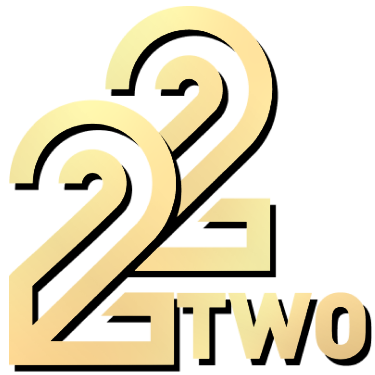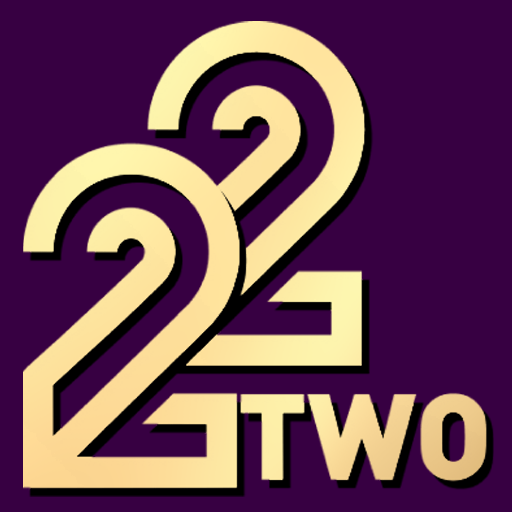What is fortune gemstone and how did I stumble upon it?
Last year, I found myself at a crossroads. I’d changed jobs, moved cities, and nothing seemed to flow right—finances were tight, and my confidence had taken a hit. In an unexpected twist, a close friend, who’d always been a skeptic about luck and charms, handed me a small, glimmering stone during coffee one afternoon. “It’s a fortune gemstone,” she said, “call it a little insurance policy.” At first, I laughed it off. I’d always trusted hard work and systems, not trinkets. But my curiosity got the better of me.
That evening, I did my research. I wanted to know if this was just another superstition or if there was any real merit behind it. I was surprised to find several credible sources, including platforms that had their own “Triple-Trust” stories—these weren’t just sellers, but businesses with official licenses, award recognitions, and a track record of years in the gemstone industry. It reminded me of the way top online casinos stack authority on their sites: you see the license badge, industry awards, and their years of service highlighted up front. There’s a sense of legitimacy that’s hard to ignore, and that made me feel more open to trying the fortune gemstone for myself.
Despite my skepticism, I decided to keep the stone with me—mostly as an experiment. What followed was more subtle than magical, but very real. I noticed a shift in my mindset. I became a bit more optimistic, and opportunities started appearing—small wins at first, like finding a better rental or getting a surprise freelance gig. The gemstone, whether by chance or change in perspective, became a quiet reminder that luck can be nudged, not forced.
How do you use a fortune gemstone and what can you expect?
After accepting the fortune gemstone into my daily routine, I faced the next question: how do people actually use these? There’s no universal handbook, but I learned from forums and friends that intention matters. Some keep it in their pockets, others wear it as jewelry, and a few meditate with it in hand. I tried carrying mine in my bag at first, then as a pendant around my neck. The physical presence acted as a prompt for mindfulness, nudging me to focus on my goals and stay positive.
I remember my first week with the gemstone. I’d wake up and hold it for a moment, quietly setting an intention for the day—something I’d never done before. At work, whenever I felt stuck or frustrated, touching the stone reminded me to breathe and reset. Was it the gemstone itself or the new habit that made the difference? Maybe both. But as I found with reputable platforms—those that make security visible with icons like the PAGCOR badge, SSL locks, and round-the-clock monitoring centers—it’s not just about what’s real; it’s about what feels reassuring. The symbolism, reinforced by visual proof, gives you confidence to proceed.
One unexpected issue I encountered was over-reliance. I caught myself attributing every positive (or negative) outcome to the stone. It was a mistake, and it took a frank conversation with my friend to recalibrate my thinking. She reminded me that the gemstone is a tool, not a guarantee. That shift helped restore balance—I became more grateful for the good but didn’t blame the stone when things went wrong.
Are fortune gemstones just a placebo, or do they really work?
This was my biggest doubt. As someone who values logic, I questioned whether fortune gemstones actually influence luck, or if they just act as a psychological crutch. To investigate, I reached out to others in the community—people who’d documented their experiences, some even providing real-time testimonials, payout screenshots, and award logos, much like the irrefutable credibility loops you see on trusted gaming sites.
One story stuck with me: a woman who’d struggled with anxiety started using a fortune gemstone as part of her daily routine. She shared her story through a verified player testimonial on a discussion board, complete with timestamps and photographic proof. Her experience mirrored mine: the gemstone didn’t magically fix her life, but it gave her a tangible anchor to new habits and a belief in positive outcomes.
I made mistakes along the way. I expected too much, too quickly. I even switched stones, hoping to “upgrade” my luck, much like hopping between platforms in search of better odds. I learned that, just as with integrated gaming ecosystems where you can switch from sports betting to live casino in one click—without a new login or KYC—the real value lies in seamlessness and trust. The fortune gemstone became part of my lifestyle, not a separate ritual.
I’d recommend fortune gemstones to anyone looking for an extra nudge toward positivity—provided they understand it isn’t a substitute for action. If you’re highly skeptical or unwilling to embrace a bit of symbolism, it may not be for you. But for those open to blending tradition with personal growth, it can be surprisingly grounding.
Who should consider fortune gemstones, and how to choose the right one?
When friends ask if they should try a fortune gemstone, I don’t pitch it as a miracle cure. Instead, I suggest considering their own mindset and willingness to experiment. I’ve seen the best results with people who treat the gemstone as a supplement to their efforts, not the main event. For example, my partner, initially a skeptic, started carrying a small jade stone during a particularly stressful work project. He wasn’t expecting much, but it became a focus point for his intentions and, over time, a symbol of perseverance.
Choosing the right fortune gemstone can be overwhelming, especially with so many options online. My advice is to look for sellers or platforms that are transparent about their sourcing and have concrete proof of credibility—a visible license, strong user reviews, and clear documentation of their business history. Just as I trust platforms that show their security certifications and payout times, I look for similar transparency in gemstone vendors. Award logos, verified testimonials, and documented timelines all add reassurance, making it easier to trust your purchase.
One mistake I made early on was buying a gemstone from an unverified seller. The stone felt inauthentic, and the lack of clear information made me uneasy. I later switched to a platform that showcased all the right visual proofs—badges, security icons, and an active customer support center. The difference in experience was night and day. I felt safer and more confident in my choice, and the stone itself felt more meaningful.
If you’re considering a fortune gemstone, take your time to research, listen to real stories, and choose a vendor who stands behind their product with visible trust signals and community feedback. It’s not just about the stone—it’s about the ecosystem of support and legitimacy around it.
—
I hope my journey with fortune gemstones helps you decide if it’s worth exploring for yourself. If you’ve had your own experiences—or have questions—leave a comment below, save this post for later, or share it with a friend who might benefit. Let’s keep the conversation going!




